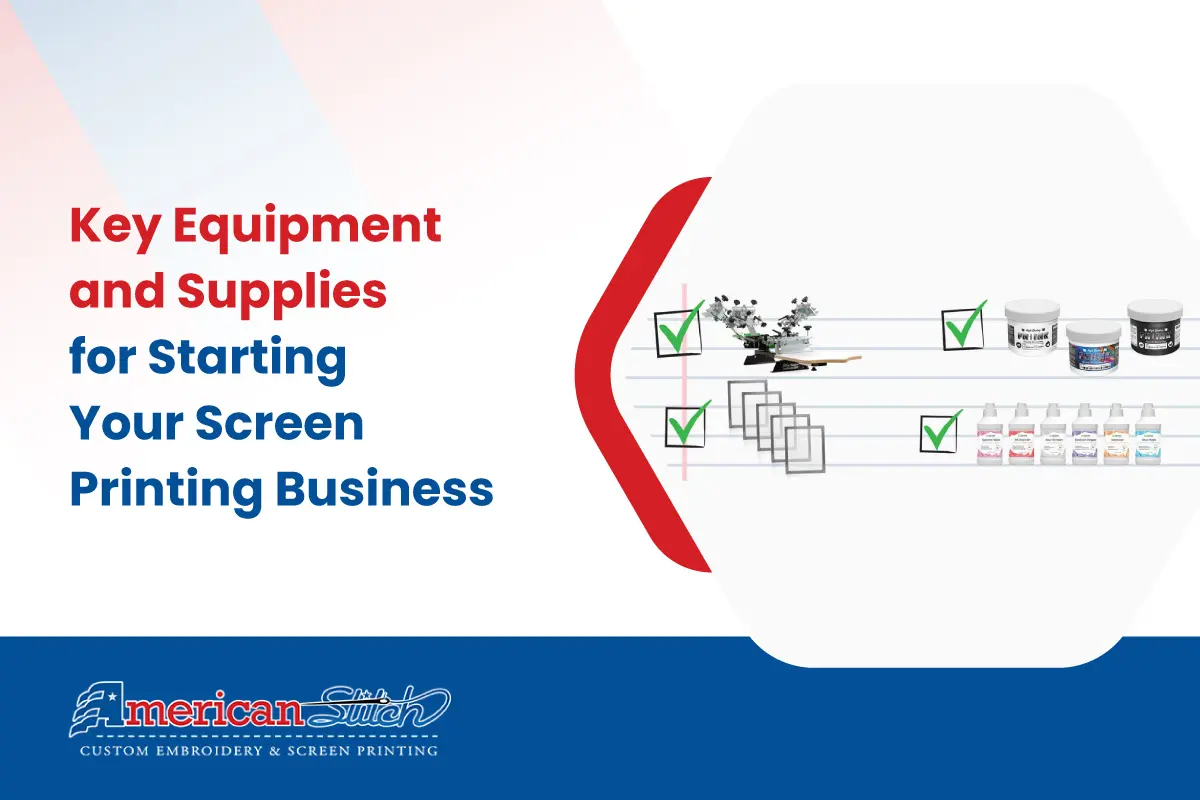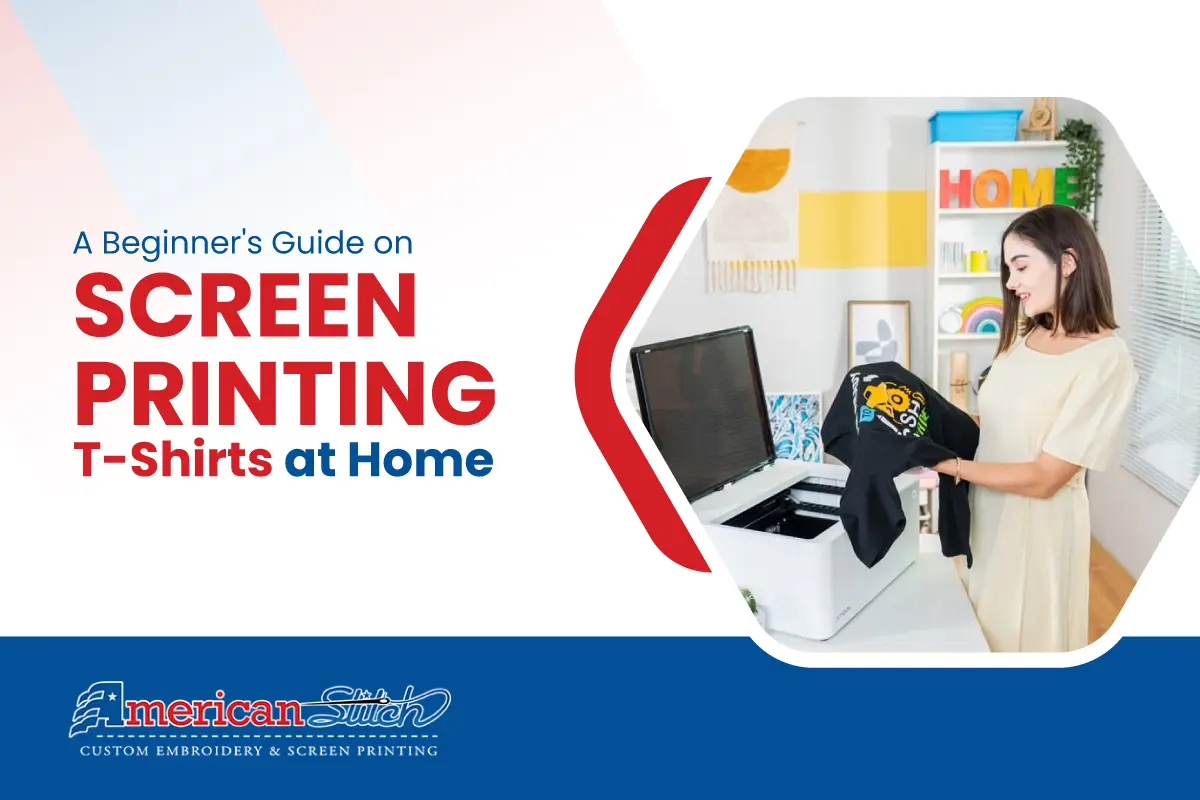When it comes to designing custom t-shirts, one aspect that often leaves customers puzzled is the task of counting the number of colors in their design. While creating your own custom tees might seem like a breeze, determining what exactly constitutes a “color” in your design can be a bit of a head-scratcher.
In this comprehensive guide, we’ll unravel the intricacies of color counting, leaving no room for confusion.
Table of Contents
Black and White: Yes, They Count!
First things first, let’s dispel a common misconception. Both black and white indeed count as colors in your design. Whether it’s bold black text on a pristine white shirt or vibrant red text on the same white canvas, each of these scenarios qualifies as a one-color design.
The rule of thumb is simple: if it requires ink to bring it to life, it counts as a color.
But here’s where it gets interesting. A black and white photograph, despite its seemingly monochromatic nature, falls into the category of full-color digital prints. Why, you ask? Well, it’s all about the nuances.
The varying shades of black, white, and grey within a photo demand just as many different inks as a color photograph. In practical terms, both require digital printing to keep costs in check.
The Magic of Custom T-Shirts: Why Count Colors Matters!
Custom t-shirts aren’t just about the fabric; they’re about the colors that pop on them. Whether you’re designing for personal use or promoting a brand, understanding the dynamics of color counting is crucial. So, why does it matter?
1. The Visual Impact
The moment you put on a custom t-shirt, the colors are the first thing that catches the eye. Bold, vibrant, and eye-catching hues can make your design stand out like a star in the night sky. But be cautious; too many colors can be overwhelming!
2. Cost Considerations
Custom t-shirts are as much about art as they are about budgeting. Each color you add to your design can impact the overall cost. So, counting colors isn’t just an artistic choice; it’s a financial one too!
3. Production Process
More colors mean a more intricate and time-consuming printing process. If you’re ordering a large batch of custom t-shirts, this can affect the turnaround time. So, knowing your color count can help plan your project efficiently.
The Colorful Palette: How to Choose Your T-Shirt Colors
Now that you know why color counting is crucial, let’s dive into the colorful world of t-shirt choices. From primary to pastels, we’ve got you covered!
1. Primary Colors – Bold and Basic
Think of primary colors as the foundation of your t-shirt design. They include red, blue, and yellow. These are your go-to shades to create a vivid and straightforward design that’s hard to miss. Great for impactful branding!
2. Secondary Colors – Mixing It Up
Secondary colors like green, orange, and purple are created by mixing primary colors. They add depth to your design and are perfect for creating a multi-dimensional effect. Secondary colors are versatile and work well for both small and large designs.
3. Complementary Colors – Opposites Attract
Complementary colors sit opposite each other on the color wheel – like red and green or blue and orange. Using these pairs can create a striking contrast that makes your design pop. They’re great for adding emphasis to specific elements in your artwork.
4. Analogous Colors – Harmony in Hues
Analogous colors are neighbors on the color wheel, such as blue, teal, and green. These colors create a harmonious and soothing effect. Perfect for creating a calming vibe or when you want your design to feel cohesive and balanced.
5. Neutral Colors – Classic and Versatile
Neutral colors, such as black, white, and gray, are the chameleons of t-shirt design. They go with almost anything, making them the perfect background for colorful graphics and text. They’re classic, elegant, and suitable for any occasion.
Does This Count as a Color? Clarifications
Now that we’ve clarified the black and white dilemma, let’s tackle some other elements that can befuddle your understanding of color counting:
Customized Team Names and Numbers
Rest easy, customized team names and numbers do not count as colors. When you see that additional charge of $5 per name and $3 per number, it already includes the cost of the color. So, you can focus on making your team look their best without fretting over additional color charges.
The Shirt Color Itself
The color of your shirt, the canvas on which your design will come to life, does not count as a color either. This is because it doesn’t require an extra color of ink. Even if the shirt color plays a role in shaping your design, you won’t find it adding to your color count.
However, it’s worth noting that darker colored shirts can be a tad more labor-intensive to print on compared to lighter ones, which might lead to a slightly higher price tag.
Shadows, Outlines, and Gradients
Navigating shadows, outlines, and gradients can be a bit tricky. In essence, if your design calls for two different inks to be used, it constitutes two colors, and so forth. Even if the color itself remains consistent, the variation from its darkest hue to its lightest can be considered as several colors.
However, when dealing with gradients that subtly shift throughout the design, it’s classified as a Full-Color design. Visualizing these scenarios can be challenging, so you may want to refer to visual examples provided in articles dedicated to color counting.
What’s Your Budget? Counting Colors with Cost in Mind
Color counting isn’t just an artistic endeavor; it’s a financial one too. Let’s talk about how your color choices can impact your budget.
1. Screen-Printing Costs
Screen printing is a common method for custom t-shirts, and it’s often priced per color. The more colors you have, the more screens and setups are required, which can increase your printing costs.
2. Digital Printing
Digital printing can be more budget-friendly for designs with multiple colors because it doesn’t require screens like screen printing. This method is great for vibrant, full-color designs.
3. Minimum Orders
Some custom t-shirt companies have minimum order quantities. Consider your color count in relation to these minimums. You don’t want to order more T-shirts than you need!
4. Complexity of Design
Intricate and complex designs with many colors can be expensive. If you’re on a tight budget, consider simplifying your design to reduce the number of colors used.
Conclusion
The key takeaway here is that understanding color counting in custom t-shirt design is all about recognizing the nuances, being aware of what incurs additional charges, and differentiating between one-color and full-color designs.
Armed with this knowledge, you can now approach your custom t-shirt projects with confidence and clarity, ensuring that your designs are both cost-effective and visually stunning.
FAQs: Your Burning Questions About Color Counting
Got questions about color counting in custom t-shirts? We’ve got answers!
Q1: How can I check the number of colors in my design?
There are various design software tools that can help you identify the number of colors in your artwork. You can also consult with your chosen printing company for assistance.
Q2: Can I use photographs in my custom t-shirt design?
Yes, you can use photographs, but remember that full-color photos can increase your printing costs. Consider converting photos into simpler, color-reduced versions for a budget-friendly approach.
Q3: What’s the best color count for a custom t-shirt design?
The ideal color count depends on your design, budget, and printing method. In general, keeping it to 1-3 colors is cost-effective and ensures a clean, impactful look.
Q4: Should I use Pantone colors for accuracy?
Pantone colors are a great choice if you need precise color matching. They provide consistency across different media, which is important if you have a brand to uphold.
Q5: Can I change the color count after starting the design process?
You can, but it might require adjustments to your artwork and could affect the final result. It’s best to plan your color count from the beginning.





